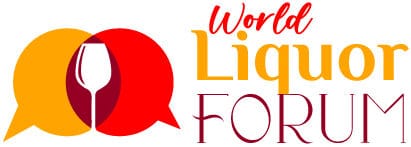DRY, WET, or MOIST: Discover Your Region's Unique Liquor Laws and Culture
Either people unite over a drink or people kill over a drink , the 2 extreme ends of liquor .
This may go well with Counties/States of Regions where its considered as “Wet”
When it comes to liquor the world divides into 3 terms “DRY,” “WET,” and “MOIST” which are commonly used to describe the alcohol laws and regulations with regard to prohibition or boundaries of serving or selling liquor.
Here's how these terms are used
Dry
A “dry” region is one where the sale of alcoholic beverages is completely prohibited.
This can apply to all types of alcohol (beer, wine, and spirits) and can be enforced at different levels, such as statewide, countywide, or citywide.
Examples: There are no entirely dry states in the U.S., but many dry counties or municipalities exist. In these areas, no alcohol can be legally sold. In India, few states follow Liquor Prohibition whereas most of the states have no restriction.
Examples: There are no entirely dry states in the U.S., but many dry counties or municipalities exist. In these areas, no alcohol can be legally sold. In India, few states follow Liquor Prohibition whereas most of the states have no restriction.

Wet
A “wet” area is one where the sale of alcoholic beverages is permitted without significant restrictions.
This means that licensed businesses can sell alcohol, and there are typically no major prohibitions on the types of alcohol that can be sold.
This means that licensed businesses can sell alcohol, and there are typically no major prohibitions on the types of alcohol that can be sold.
Moist
A “moist” area falls somewhere between dry and wet. In a moist area, alcohol sales are allowed but are subject to certain restrictions. These restrictions can vary widely and may include:
Holdiday planning month:
- Limited types of alcohol: Only beer and wine may be sold, while spirits are prohibited.
- Restricted sales locations: Alcohol may only be sold in specific places, such as restaurants but not in stores.
- Limited hours/days: Alcohol sales may be restricted to certain days of the week or hours of the day.
“DRY ,” “WET,” and “MOIST” are indeed the correct and commonly used terms to describe the status of liquor sales & consumption .
Point to Ponders : Do not hesitate to use these terms in your conversation 🙂 . Cheers..












